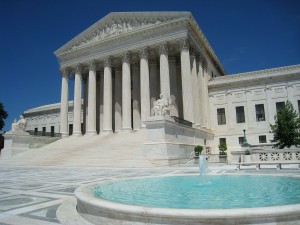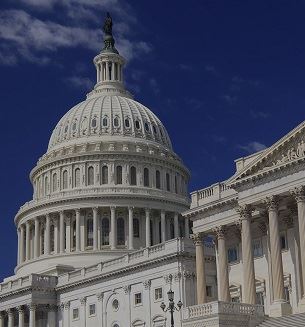Demystifying the Process of Federal Appeals: What You Need to Know
Navigating the detailed realm of government appeals can frequently appear like going across uncharted waters for those unfamiliar with the process. Understanding the nuances of appellate court territory, the intricacies of submitting a notification of allure, providing an engaging quick, and making an influential oral disagreement are vital components that can considerably impact the outcome of a case. By unraveling the layers of intricacy bordering federal appeals, individuals can obtain a clearer insight into the devices that control this critical point of the lawful system.
Recognizing Federal Appeals Process
Delving right into the detailed world of the federal appeals process introduces a organized and methodical journey via the judicial system - federal appeal lawyers in maine. Federal allures act as a vital system for examining choices made by reduced courts. Comprehending this process is important for anyone involved in legal procedures at the government degree
The procedure usually begins with an event disappointed with a lower court's judgment filing a notification of allure. This sets off a testimonial by a greater court, where a panel of courts assesses the lawful arguments provided by both parties. Briefs outlining the legal thinking behind each event's placement are submitted, and oral arguments may be heard to make clear complicated concerns.
The appellate court's decision is based on a complete examination of the lower court's procedures and the debates provided. As soon as the appellate court gets to a decision, it can verify, turn around, remand, or modify the lower court's ruling, providing clarity and finality to the legal disagreement.
Appellate Court Jurisdiction Discussed

Appellate courts have territory over specific sorts of cases, usually those including legal errors, step-by-step problems, or inquiries of law as opposed to valid disagreements. The territory of appellate courts is typically outlined in laws and laws that regulate the court system. Understanding appellate court jurisdiction is vital for parties associated with the appeals process as it determines whether an instance is qualified for review and the extent to which the appellate court can interfere in the lower court's decision.
Filing a Notification of Appeal
The initial step in beginning the federal appeals process includes submitting a Notification of Appeal with the appropriate appellate court. wyoming federal appeal lawyers. This critical paper formally alerts the court and the various other events included in the case that the appealing event means to seek a testimonial of the lower court's choice. Filing a Notification of Charm is a strict step-by-step demand that sets the appellate procedure moving
When preparing the Notification of Allure, it is important to guarantee conformity with the certain guidelines and standards of the relevant appellate court. The paper should commonly include details such as the situation name, the reduced court's name, the day of the judgment being appealed, and a concise declaration indicating the premises for the appeal.
When submitting a Notification of Appeal,Timeliness is of the significance. Missing out on the deadline for submitting this file can cause the charm being disregarded, underscoring the value of timely and precise initiation of the charms process. It is a good idea to seek legal guidance to browse the complexities of filing a Notice of Charm efficiently.
Rundown and Oral Disagreement
In the appellate procedure, presenting created briefs and taking part in oral arguments play pivotal duties in promoting for the appealing party's position before the appellate court. Briefs are detailed legal papers that lay out the parties' debates, lawful authorities, and analysis sustaining their settings. These created entries provide the court with a thorough understanding of the realities of the case, the appropriate law, and why the appealing event believes the lower court's decision should be rescinded.
Adhering to the entry and review of the briefs, dental debates supply the celebrations a chance to additional clarify their settings, resolve any type of questions the appellate judges may have, and emphasize key points from their composed briefs. Dental arguments are a possibility for the lawyers to convince the judges via spoken campaigning for and responses to inquiries from the bench.

Obtaining the Appellate Court Decision

Final Thought
Finally, the federal allures procedure is a complicated but crucial action in seeking justice. Understanding the appellate court territory, submitting a notification of charm, preparing briefs, and offering dental arguments are all crucial parts of this procedure. Ultimately, getting the appellate court choice can give clarity and resolution to legal conflicts. It is essential to navigate the government appeals process with persistance and interest to detail to accomplish a fair outcome.
As we advance from comprehending the federal appeals procedure to exploring the complexities of appellate court territory, an essential element comes to light regarding the authority and restrictions of these higher courts in the lawful landscape. Appellate court territory refers to the scope of cases that a particular appellate court has the power to make a decision and review upon. Unlike trial courts that hear instances for the initial time, appellate courts are restricted to examining decisions made by lower courts. Understanding appellate court territory is vital for events entailed in the charms procedure as it figures out whether a case is eligible for evaluation and the extent to which the appellate court can intervene in the reduced court's choice.
Whether the appellate court attests, turns around, or remands the reduced court's choice, recognizing the implications of the judgment is crucial for all parties included in the appellate process.